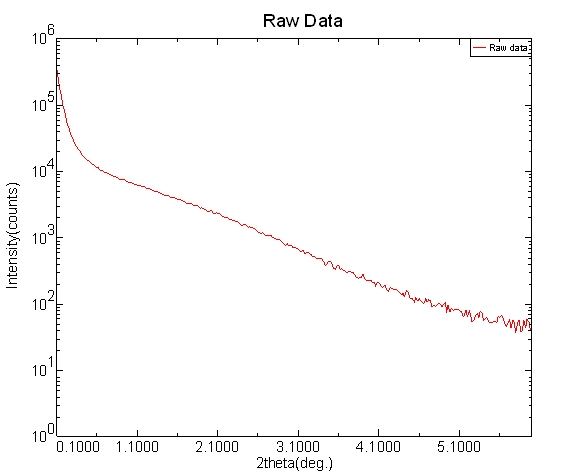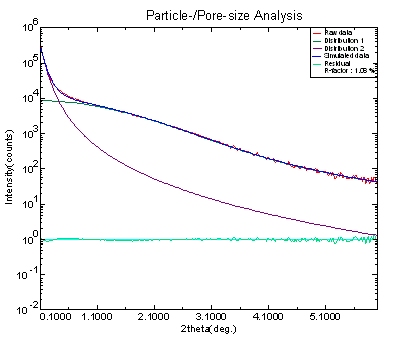Background
Porous carbon materials loaded with noble metals such as Pt, Pd, Au and Ru are widely used for catalysts in fuel cell industries. Two structural parameters of the porous carbon materials largely control the properties of resulting products; the pore ordering structure of the host carbon and the size distribution of the metal clusters.
Small Angle X-ray Scattering (SAXS) is a powerful technique to analyze those types of nanoscale porous ordering and particle size distribution. An X-ray scattering profile at low scattering angle region contains information related to nanoscale structure of the sample. The profile can be simulated based on a model and the model can be refined by curve fitting analysis.
Investigation
Figure 1 shows a SAXS profile of porous carbon loaded with Pt. The data was collected using Rigaku's Ultima IV multipurpose diffraction system configured for SAXS measurements.

Figure 2 shows the fitting analysis result. By assuming that there is no ordering of the pores and there are two particle/pore size distributions, the observed SAXS profile was well reproduced. The average sizes were 2.8 and 35 nm. 2.8 nm is close to the expected Pt particle size and 35 nm is close to the expected pore size in the carbon matrix. The size distribution for Pt particles and pores in carbon were 30 % and 50 %, respectively.

